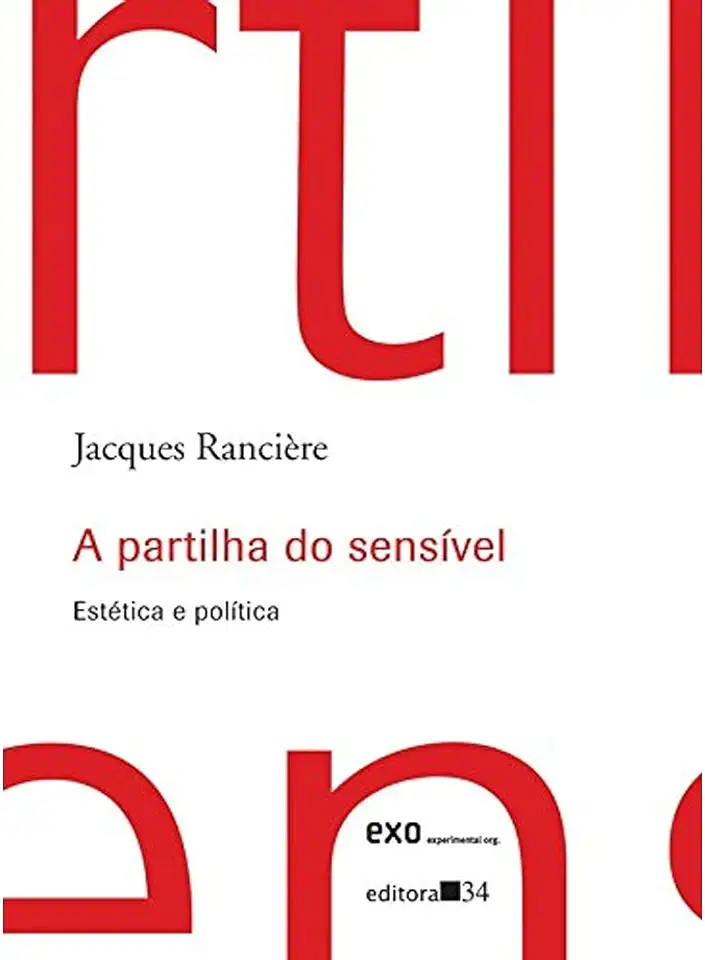
The Distribution of the Sensible - Jacques Ranciere
The Distribution of the Sensible: A Persuasive Summary
In his groundbreaking work, "The Distribution of the Sensible," Jacques Rancière challenges conventional notions of aesthetics and politics, offering a radical new perspective on the relationship between art, perception, and power. Through a series of provocative arguments and insightful analyses, Rancière argues that the sensible is not a neutral space of perception, but rather a contested terrain where power is negotiated and social orders are constructed.
Rethinking Aesthetics: The Sensible as a Political Space
Rancière begins by redefining the concept of the sensible, which he understands not as a passive receptacle for sensory data, but as an active process of framing and organizing experience. He argues that the sensible is not simply a collection of objects and sensations, but rather a system of distinctions and hierarchies that determine what is visible, sayable, and thinkable within a given society.
This distribution of the sensible, Rancière contends, is not natural or inevitable, but rather the product of social and political struggles. He traces the historical evolution of the sensible from the ancient Greek polis to the modern era, showing how different societies have constructed different ways of perceiving and interpreting the world.
Art and the Challenge to the Sensible Order
Rancière argues that art plays a crucial role in challenging and disrupting the established distribution of the sensible. By presenting alternative ways of seeing and thinking, art can unsettle the dominant order and open up new possibilities for political action.
He examines a wide range of artistic practices, from classical painting to contemporary performance art, to show how artists have used their work to challenge the prevailing norms and hierarchies of their time. Rancière argues that art is not simply a reflection of society, but rather a force that can actively shape and transform it.
Politics and the Emancipation of the Senses
Rancière's analysis of the sensible has profound implications for our understanding of politics. He argues that politics is not simply a matter of managing power, but also of reconfiguring the very terms of what is possible and thinkable.
By challenging the established distribution of the sensible, art and politics can open up new spaces for democratic participation and emancipation. Rancière's work thus offers a powerful vision of a more just and egalitarian society, where the sensible is no longer the exclusive domain of the few, but a shared space of common experience and collective action.
Why You Should Read "The Distribution of the Sensible"
"The Distribution of the Sensible" is a must-read for anyone interested in aesthetics, politics, or the relationship between art and society. Rancière's provocative arguments and insightful analyses offer a fresh perspective on these complex issues, challenging us to rethink our assumptions about the way we perceive and experience the world.
This book is not only intellectually stimulating, but also politically urgent. In an era of increasing social and political polarization, Rancière's work reminds us of the importance of art and politics in creating a more just and democratic society.
If you are looking for a book that will challenge your thinking and inspire you to see the world in new ways, then "The Distribution of the Sensible" is the book for you.
Enjoyed the summary? Discover all the details and take your reading to the next level — [click here to view the book on Amazon!]